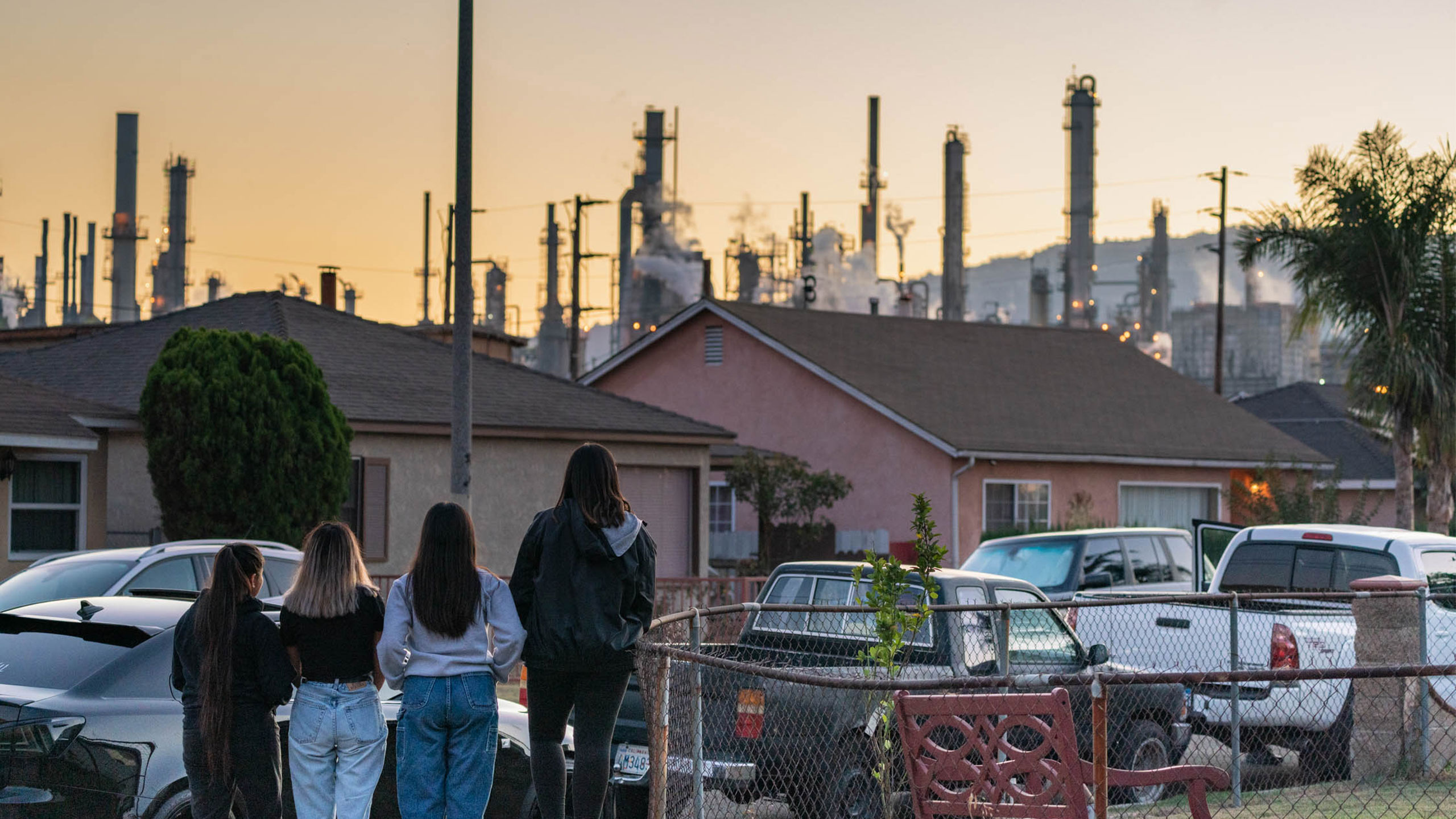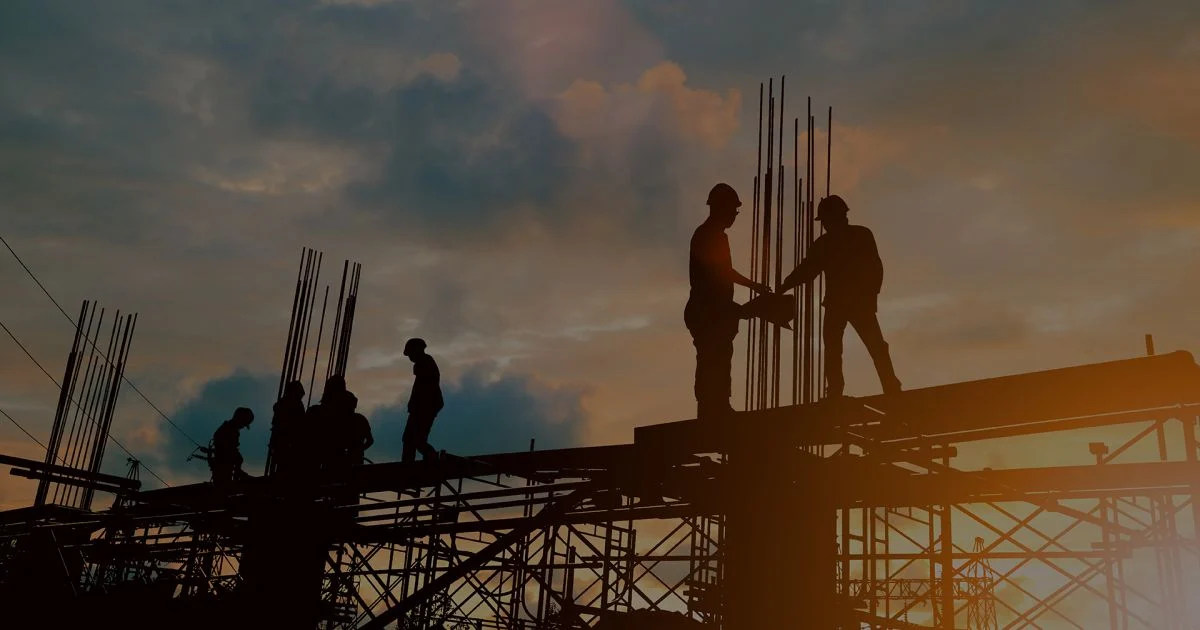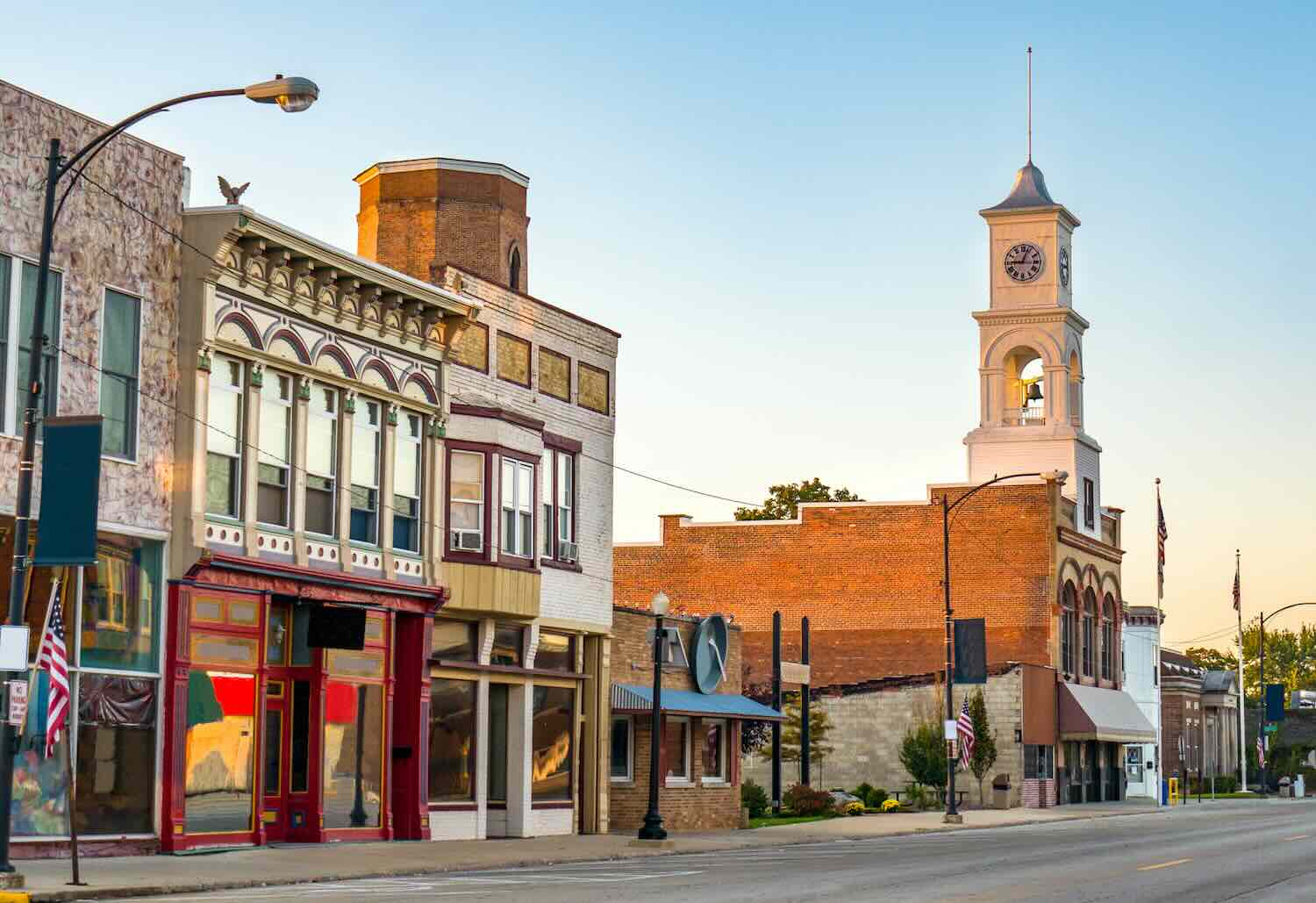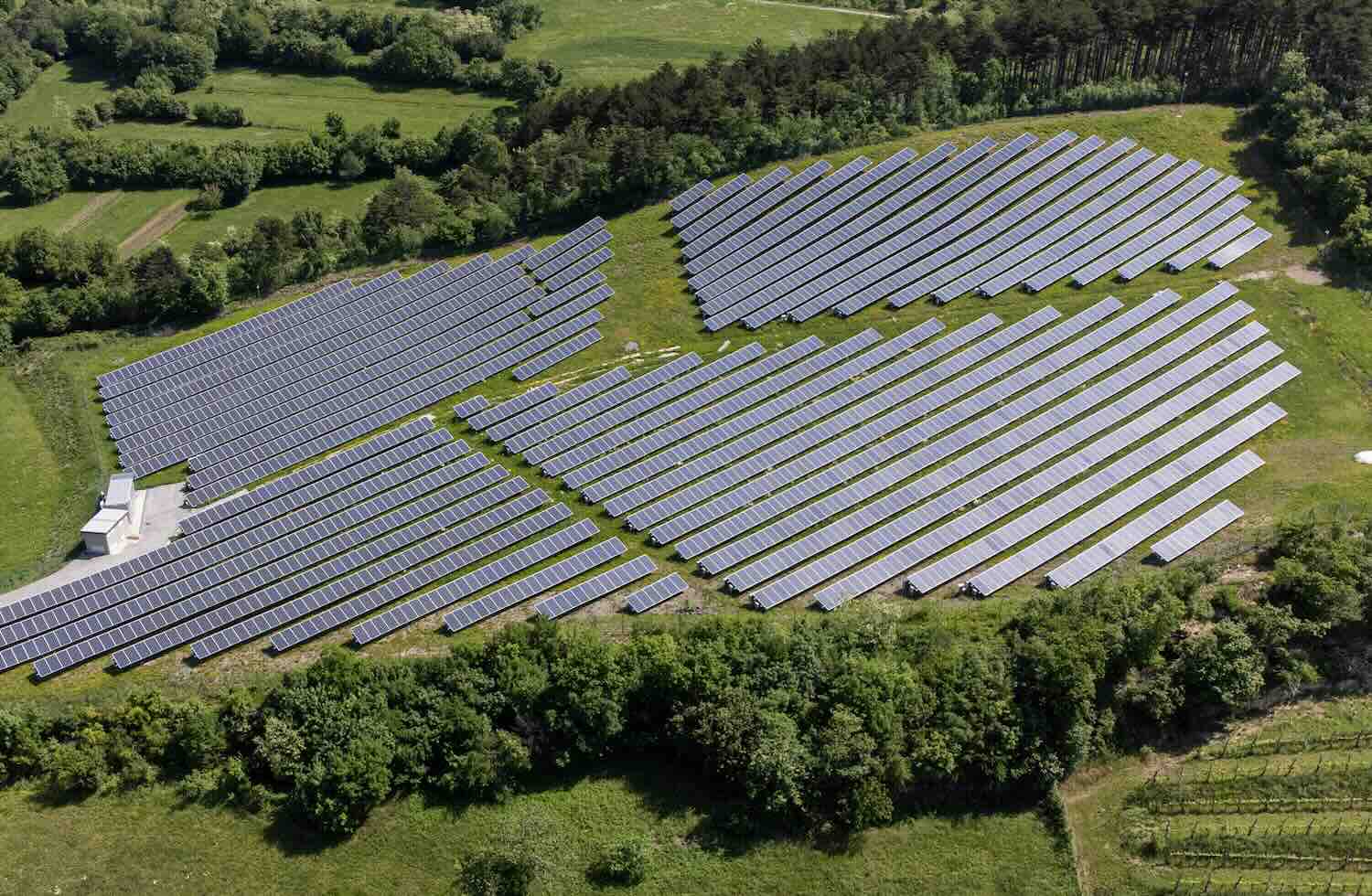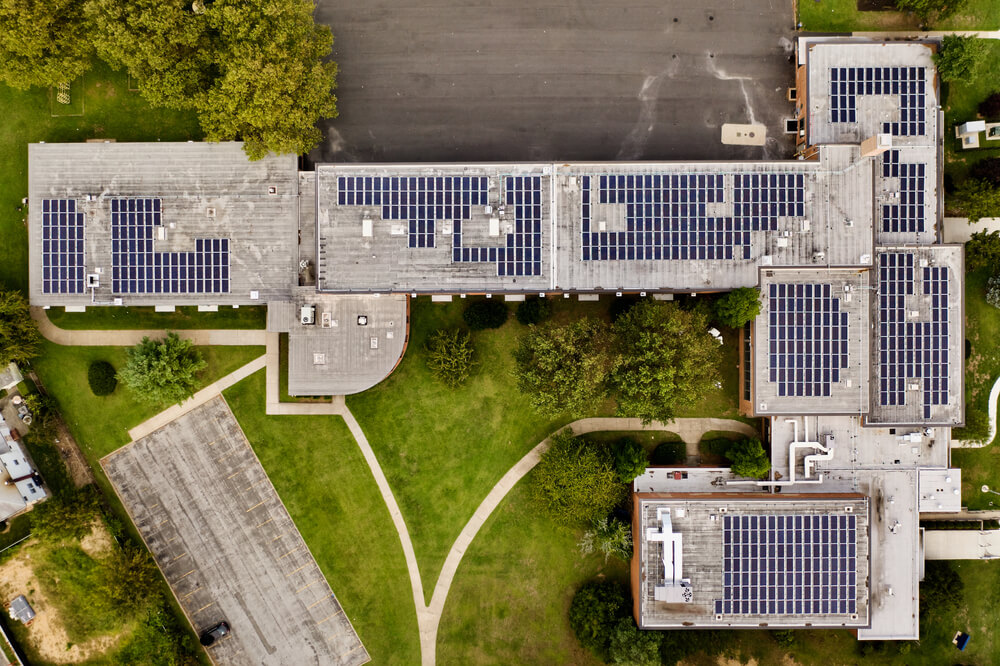The Inflation Reduction Act is a historic investment in marginalized communities on the frontlines of climate change. However, the bill also links renewable energy development to fossil fuel extraction, which may undermine its environmental justice ambitions. The question is: how can different levels of US government best maximize the benefits and mitigate the harms of the IRA?
The Inflation Reduction Act (IRA) is the largest piece of US federal legislation ever to combat the climate crisis, with US$369 billion invested in climate action. The bill is expected to reduce US greenhouse gas emissions a further 15% from 2005 levels by 2030 and create over 9 million jobs in the next decade.
The IRA also represents a historic investment in environmental justice (EJ), which embraces the principle that all people and communities have a right to protection and enforcement of environmental laws and regulations. Because of past racist policies and inequitable protection, structurally marginalized communities have faced underinvestment in essential services, borne the brunt of pollution, and suffered disproportionately from climate shocks.
This bill devotes upwards of $47 billion to mitigate and redress these harms, including monitoring and reducing air pollution in schools in low-income neighborhoods and communities of color disproportionately exposed to pollution and climate shocks (referred to in the bill as “disadvantaged” communities).
However, the bill also has provisions that may undermine its EJ ambitions. Bundled with investments in EJ is a provision that tethers renewable energy development to fossil fuel extraction. For the next decade, the Interior Department cannot issue a lease for offshore wind development unless at least 60 million acres – the size of Michigan – have been offered to lease for oil and gas in the previous year.
The bill also reinstates lease sales in Alaska and the Gulf Coast, the latter of which was previously canceled by a federal judge due to concerns that the Biden administration failed to adequately consider the sale’s climate change impact. While this concession enabled the bill to pass the Senate, some groups and activists are concerned that continued support for fossil fuels may erode EJ provisions in communities already overburdened by extraction, pollution, and climate shocks.
Analysts predict the Gulf Coast lease deal could produce up to 1.1 billion barrels of oil and emit over 700 million metric tons of carbon dioxide over its lifetime, amplifying already disproportionately high health risks in Black and low-income communities like in Louisiana’s infamous Cancer Alley. A draft Environmental Impact Statement for the Alaska lease deal estimated a one in five chance of a major oil spill, which local Native communities say is a risk far too high for biodiversity, commercial and subsistence fishing, and community health.
Nonetheless, the IRA has enormous potential to advance EJ. The public sector has an opportunity and responsibility on two fronts: to ensure that funding reaches the communities that need it the most, and to offset and contain the impact of further investments in fossil fuels.
Maximizing benefits
While the IRA provides some guidance on how EJ funding should be rolled out, it grants federal agencies and states significant discretion in designing and implementing programs. Many of the IRA EJ programs appropriate funding to a federal agency, which then distributes grants on a competitive basis to projects at the local, state, and sometimes territory level.
For example, the Neighborhood Access and Equity Grant program dedicates $1.89 billion in grants that will flow through the Federal Highway Administration to states, local governments, and territories to improve the sustainability and safety of roadways. It will also mitigate harmful externalities, including safety concerns, public health risks, and high emission levels. In this case, and others, beneficiaries of the funding (e.g., “disadvantaged communities”) are not defined in the bill.
The implications are therefore twofold. First, state, local governments, and territories will identify communities in need, develop programs to meet those needs, and apply for grants. Second, federal agencies will develop and define criteria for funding beneficiaries and select projects that meet these criteria.
To do each effectively, stakeholders can consider the following steps:
- Building a system or tool for mapping out funding beneficiaries. Both applicants and federal funders will need to define and identify “disadvantaged communities.” Two starting points are the federal Climate and Economic Justice Screening Tool (still in beta) and California’s CalEnviroScreen, which use geospatial mapping to identify communities that are marginalized, underserved, and overburdened by the climate crisis and fossil fuel extraction. Both tools draw from socioeconomic, public health, and environmental hazard indicators – although, they both neglect race.
- Identifying and incorporating community needs and priorities into project design and implementation. Once government applicants have identified communities in need, input and perspectives from those community members should then shape project design and goals. The City of Austin prioritizes community engagement for different facets of its Climate Equity Plan and uses an Equity Tool to evaluate the potential harms and benefits of a proposed action or project for disadvantaged communities.
- Crowding in additional funding from private and philanthropic sources to maximize impact. While philanthropies and private sector companies aren’t eligible for a lot of the EJ competitive grants in the IRA, local and state governments that are eligible can mobilize broader funding and support from these sources. A surge in public spending can incentivize and de-risk investment in climate mitigation and adaptation in disadvantaged communities, creating more buy-in from the private sector.
Mitigating harms
The public sector wields considerable influence in the expansion of fossil fuel and industrial infrastructure and should implement measures to offset and contain its potential harms. Agencies like the Federal Energy Regulatory Commission (FERC) – which oversees much of the nation’s energy infrastructure – have recently taken long overdue but promising steps to incorporate racial justice and equity in energy policy. However, more can and should be done. Potential steps to mitigate negative impacts of the IRA include:
- Developing an inclusive and responsive process to fossil fuel and industrial permitting that seeks to protect frontline communities. Disadvantaged communities often face the highest barriers to participation in energy policymaking and yet they bear the greatest burden. The Center for Progressive Reform published a series of recommendations to make FERC more inclusive and responsive to community interests, including “translating out” technocratic FERC proceedings to make their impacts accessible to the public. Many of these principles are also relevant to state and local governments considering ways to facilitate public participation in decision-making.
- Reforming permitting to be more efficient and EJ-oriented. Permitting reform is relevant to both fossil fuel and green energy infrastructure; streamlining the process can lead to clearer and faster decisions on such infrastructure to avoid unnecessary delays to the green transition. This can also prevent overinvestment in limited administrative capacity from regulatory agencies and state and local governments. However, while making permitting less onerous overall, reform can also scale up attention to EJ to better safeguard public health and wellbeing.
“Rubber-stamping” permits – as FERC has done – is deeply harmful to disadvantaged communities. Regulations should account for both existing EJ burdens and proximity to sensitive locations in potential sites. For the former, permitters should not continue to approve the construction and expansion of sites in neighborhoods that already have high concentrations of toxic chemicals or emissions, as has been in the case in Louisiana’s “Cancer Alley.” This month, California is poised to ban the construction of new oil or gas infrastructure within 3,200 feet of schools, hospitals, and other public locations. - Collecting data on disparate environmental and related burdens caused by fossil fuel extraction. In FERC’s effort to understand facilities’ impact on the climate crisis, it found there is no universal methodology for calculating those impacts. There is significant need for a rigorous system to understand the climate and socioeconomic burdens imposed by fossil fuel extraction and industrial production.
The IRA is an ambitious, necessary, but incomplete step towards EJ. Oversight and enforcement of IRA EJ programs will be important to ensure the benefits reach the communities that need them the most. There are also steps the public sector can take to harness this momentum and offset the impact of further investments in fossil fuels, to better safeguard marginalized communities.
Lauren Olosky is an analyst, Mallory Byrd is an associate consultant and Jeff Berger is an associate partner at Dalberg Advisors.

